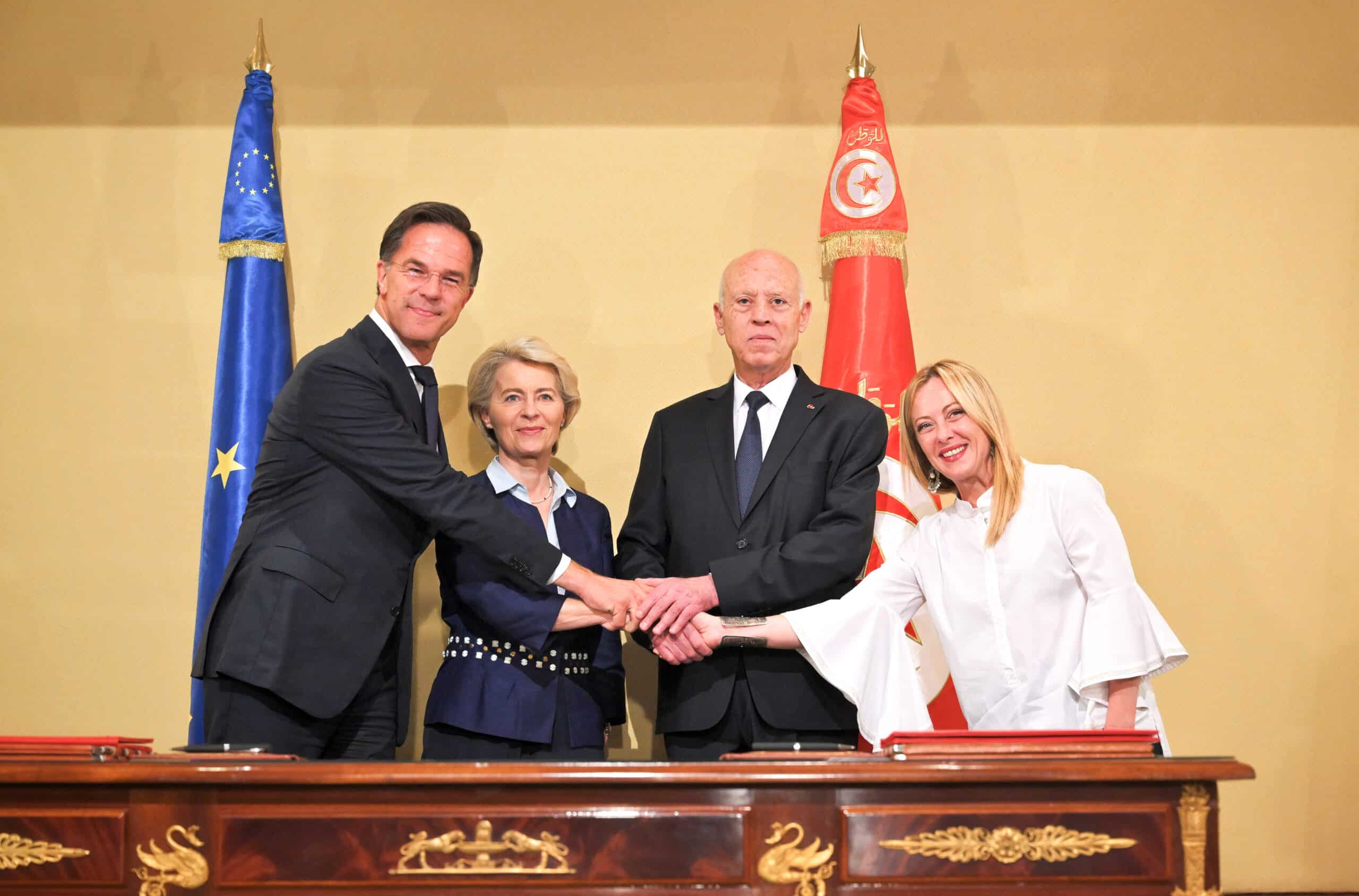Brussels –Early elections in Ireland are official. Irish Prime Minister Simon Harris confirmed the date of November 29, by which he will have a chance to ask citizens “to continue to be their Taoiseach (Irish prime minister).” By Friday afternoon, the dissolution of Parliament is expected.
The conditio sine qua non for the election was the passage of the budget document for 2025. The document secured changes to income brackets, the reduction of the ‘Universal Social Contribution’ (an additional tax on all but minimum incomes), and new supports for businesses and corporations in Ireland. The vote was expedited, allowing Harris the peace of mind to call the election as he had announced. The post of Taoiseach and Fine Gael party leader for Harris came after his predecessor Leo Varadkar stepped down, almost fleeing politics for personal reasons. From April to the present, the new prime minister has consolidated the credibility of his party, which the Irish Polling Indicator puts at 24.5 percent, ahead of all opponents.
According to the polls, the conservative Fianna Fail party follows, with 21 percent, currently in the governing coalition with Fine Gael. It could be an oversight (or perhaps a sign of potential rifts within the majority) the decision by Deputy Prime Minister Micheál Martin, a Fianna Fáil MP, to break the silence and confirm the date for Friday to the Irish news outlet Virgin Media, before Harris did so, raised some eyebrows. In any case, even the announcement by Harris did not come as any surprise when he returns from the EU Council meeting in Budapest with European leaders, the Irish Parliament will be dissolved, and the election marathon will begin.
Busy busy weeks lie ahead for the opposition. Sinn Fein, the main opposition party, is struggling after its success in the 2020 general election. It had garnered the most “first preferences,” and now polls put it at around 18 percent, also due to political scandals of the past few months that have strained Mary Lou McDonald’s party.
How elections work
Campaigning will begin tomorrow (Nov. 8), kicking off a tight inter-party battle until Election Day.
Ireland uses a Proportional Representation Single Transferable Vote (PR-STV) voting system, based on multi-member constituencies of voters asked to make a rank by “numbering” their candidates on the ballot. Preferences are counted, and TDs (members of parliament) are elected directly upon crossing the predetermined threshold.
There are 160 TDs, 81 for a majority, and it is highly unlikely for one party to cross the threshold. Therefore, there will be another majority, which could again be the triad between Fine Gael, Fianna Fail, and a smaller center-left party, which, in this case, was the Greens, or change radically if the results differ from the polls. By the end of the month, answers will be forthcoming regarding the tightness of the majority, the (perhaps rebuildable) credibility of the opposition, and, last but not least, whether Harris’s gamble to consolidate his position has been successful.
English version by the Translation Service of Withub





![Una donna controlla le informazioni sul cibo specificate sulla confezione [foto: archivio]](https://www.eunews.it/wp-content/uploads/2014/12/Etichette-alimentari.jpg)

